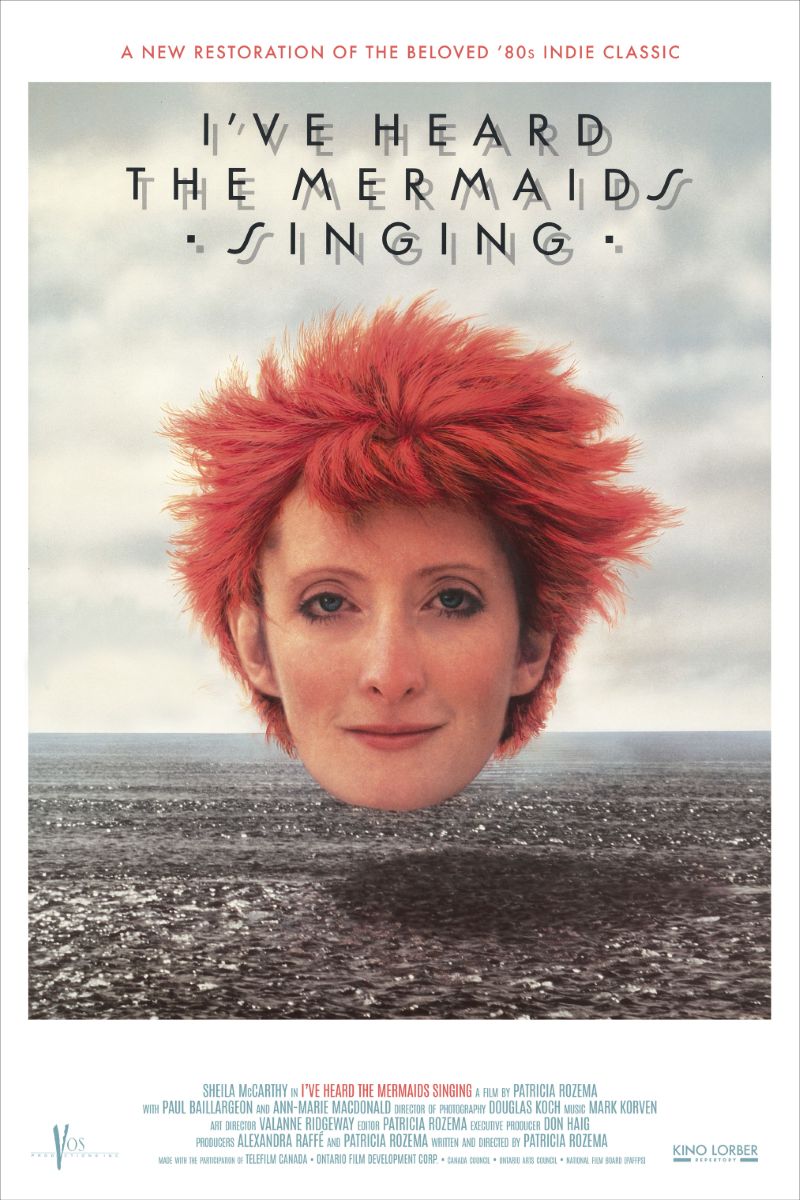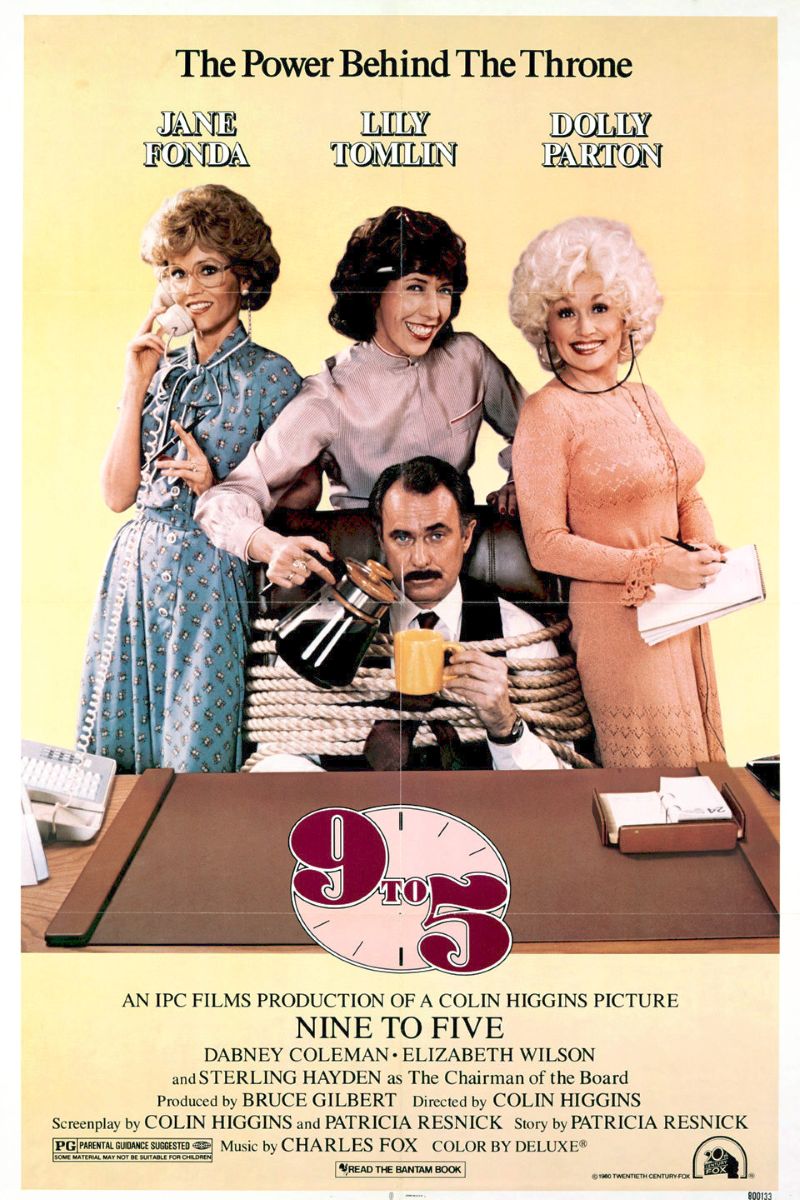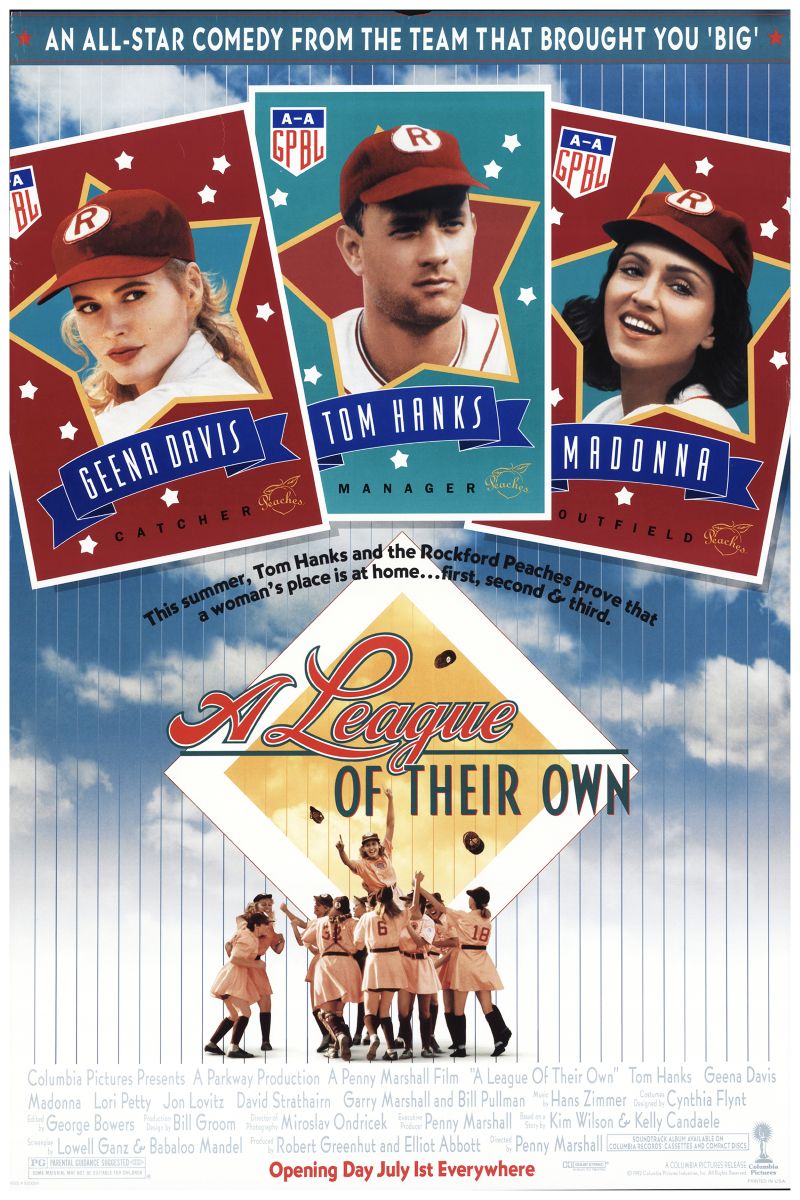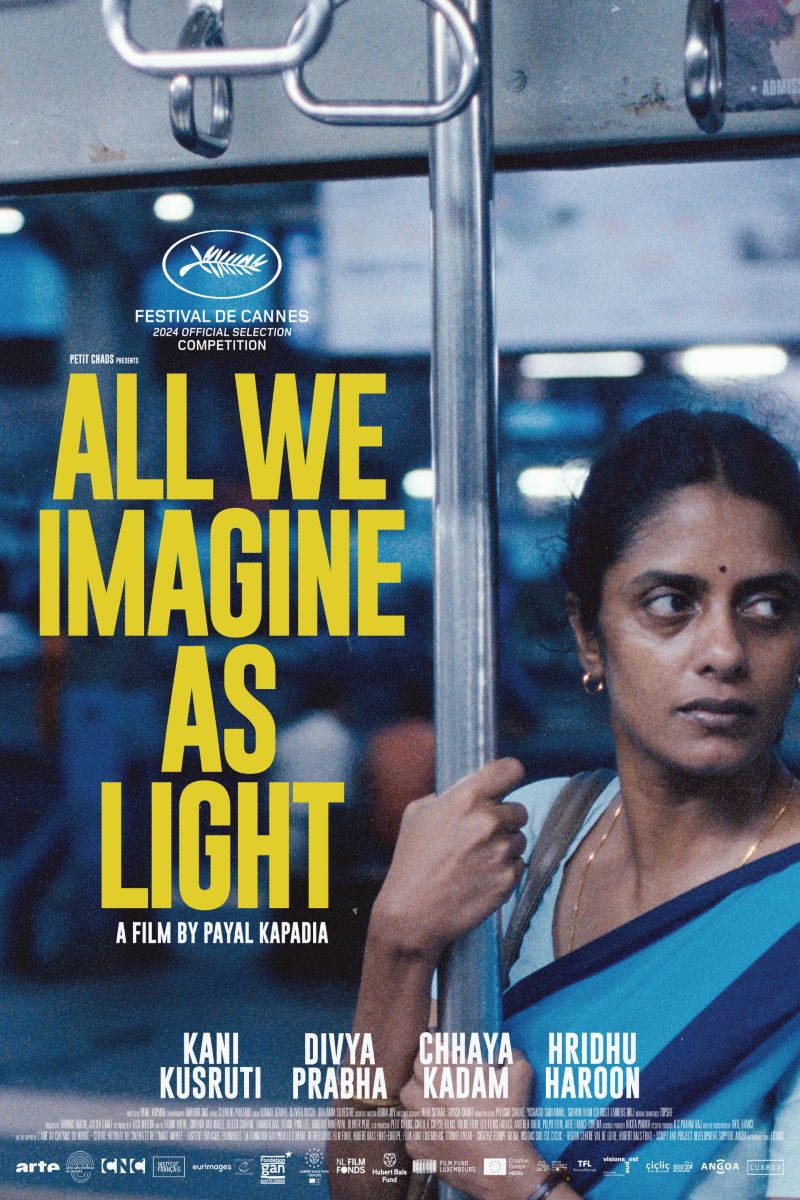
I've Heard the Mermaids Singing
I've Heard the Mermaids Singing
Canadian avant-garde cinema mostly seen and analyzed by college students, Patricia Rozema's fairy-tale whimsy, about an artist on her journey to self-discovery, is one you should seek out—particularly because it's made by a fantastic team of women.
Cast
Related Topics
🎥 Film Analysis & Review
Patricia Rozema’s “I’ve Heard the Mermaids Singing” stands as a groundbreaking achievement in queer cinema and Canadian feminist filmmaking, transforming a modest $350,000 budget into one of the most profitable and influential Canadian films ever made. This whimsical fairy tale about artistic self-discovery and sexual awakening broke new ground by winning the first Cannes Film Festival award for an English-language Canadian feature, while pioneering representations of lesbian relationships and female artistic identity that would influence decades of independent cinema. Through its innovative narrative structure, authentic performances, and gentle subversion of conventional storytelling, the film creates a deeply personal meditation on creativity, authenticity, and the courage required to live as one’s true self.
Revolutionary Cinematic Achievement
“I’ve Heard the Mermaids Singing” emerged from the Canadian independent film scene to achieve unprecedented international recognition, becoming the first English-language Canadian feature to win an award at Cannes Film Festival. The Prix de la Jeunesse recognition validated not only Rozema’s directorial vision but also the viability of distinctly Canadian storytelling that didn’t conform to Hollywood formulas or seek American market approval.
The film’s success challenged industry assumptions about what kinds of stories could achieve commercial and critical success. Made for approximately $350,000, it eventually grossed over $6 million worldwide, proving that intimate, character-driven narratives about unconventional protagonists could find substantial audiences when crafted with authenticity and artistic integrity.
Rozema’s achievement as a young female director in the male-dominated film industry inspired a generation of women filmmakers, particularly in Canada, where government funding programs began recognizing the commercial potential of diverse voices and alternative perspectives. The film’s international success helped establish Canadian cinema as a distinctive cultural force rather than merely a cheaper alternative to American production.
Pioneering Queer Representation
The film’s approach to lesbian relationships and queer identity broke significant ground in late 1980s cinema, presenting same-sex attraction as natural and untraumatic while avoiding both sensationalism and tragic endings that characterized most earlier LGBTQ+ representation. The relationship between Gabrielle and Mary develops organically within the narrative without requiring explanation, justification, or punishment.
However, the film’s queer representation generated complex critical responses that illuminate the challenges facing LGBTQ+ cinema in the 1980s. While praised for its “non-sensational representation of lesbianism,” some critics and activists argued that Rozema’s treatment was too oblique, failing to fully embrace the political implications of lesbian visibility. This criticism reflected broader debates within LGBTQ+ communities about assimilation versus radical politics.
The film’s fairy-tale structure allowed it to present queer relationships within a fantastical framework that made them more palatable to mainstream audiences while potentially diminishing their political impact. This approach created space for broader acceptance while raising questions about whether authentic representation required more direct political engagement with homophobia and discrimination.
Female Artistic Identity and Creative Struggle
Through Polly’s journey from insecure secretary to confident photographer, the film explores themes of female artistic identity that resonated strongly with women artists struggling for recognition and self-acceptance. Polly’s initial self-deprecation and apologetic demeanor reflect internalized assumptions about women’s creative capabilities, while her gradual development of artistic confidence mirrors broader feminist discussions about women’s relationship to creative expression.
The film’s treatment of artistic authenticity challenges romantic notions about inspiration and genius by showing how artistic development requires practical support, encouraging relationships, and gradual skill development rather than sudden revelation. Polly’s photography improves through practice, experimentation, and the validation she receives from Gabrielle, suggesting that artistic achievement depends as much on environment and encouragement as on individual talent.
The gallery setting provides crucial commentary on the art world’s gatekeeping functions and the ways cultural institutions shape artistic value and recognition. Gabrielle’s position as gallery owner grants her power to determine which art receives public attention, while her own frustrated artistic ambitions reveal how professional success in the art world doesn’t necessarily correlate with creative fulfillment.
Subverting Romantic Comedy Conventions
“I’ve Heard the Mermaids Singing” employs romantic comedy structures while systematically subverting their conventional assumptions about romance, success, and personal fulfillment. Polly’s initial attraction to Gabrielle doesn’t follow traditional heterosexual romance patterns, allowing the film to explore female desire outside conventional frameworks while maintaining comedic accessibility.
The film’s resolution avoids the typical romantic comedy conclusion where personal fulfillment comes through romantic coupling. Instead, Polly’s growth emerges through artistic development, self-acceptance, and expanded understanding of her own desires and capabilities. This alternative conclusion suggests that personal fulfillment can emerge through creative expression and authentic self-knowledge rather than romantic attachment.
The fairy-tale elements—particularly Polly’s fantasy sequences and the film’s whimsical tone—create space for alternative narratives about women’s lives that don’t require conformity to realistic expectations or conventional life patterns. This approach allows the film to imagine possibilities for female experience that extend beyond traditional domestic or professional roles.
Innovative Narrative Structure
Rozema’s use of direct address and fantasy sequences creates an intimate relationship between Polly and the audience that breaks conventional cinematic boundaries between character and viewer. Polly’s monologues to the camera establish her as a reliable narrator of her own experience while allowing audiences to understand her internal emotional landscape without depending on external dramatic conflict.
The film’s integration of fantasy and reality through Polly’s imaginative sequences demonstrates how creative consciousness operates through constant dialogue between practical experience and imaginative possibility. These sequences validate the importance of fantasy and imagination in women’s lives while showing how creative vision can transform mundane circumstances into meaningful experience.
The episodic structure allows the film to develop character relationships and emotional dynamics without relying on conventional plot mechanics or dramatic crises. This approach prioritizes psychological development and relationship evolution over external action, creating space for the kind of gradual personal change that characterizes authentic human experience.
Canadian Cultural Identity
The film’s distinctly Canadian sensibility—evident in its understated humor, modest scale, and emphasis on character over spectacle—challenged assumptions about what Canadian cinema could achieve internationally. Rather than attempting to compete with American blockbusters or conform to Hollywood formulas, Rozema created a uniquely Canadian work that succeeded precisely because of its cultural specificity.
The Toronto setting and Canadian cultural references create authenticity that international audiences found refreshing rather than limiting. The film demonstrated that local specificity could enhance rather than diminish universal appeal when handled with confidence and artistic integrity.
The film’s success contributed to the development of a distinctly Canadian film culture that valued intimate storytelling, diverse perspectives, and artistic innovation over commercial conformity. This influence extended beyond cinema into broader cultural discussions about Canadian identity and the value of supporting distinctive national artistic voices.
Performance and Authenticity
Sheila McCarthy’s performance as Polly created one of Canadian cinema’s most memorable characters through her ability to convey vulnerability, humor, and intelligence without sentimentality or caricature. Her portrayal avoids both the bumbling incompetence and the sudden transformation that often characterize similar roles, instead creating a believable character whose growth emerges gradually through accumulating experience and confidence.
Paule Baillargeon’s Gabrielle presents complexity that extends beyond the mentor role, revealing her own artistic frustrations and emotional needs that make her relationship with Polly mutually beneficial rather than simply instructional. Her performance avoids the stereotypical lesbian representation common in 1980s cinema, creating a character whose sexuality emerges naturally within the broader context of her personality and relationships.
The ensemble cast creates a believable community of characters whose interactions feel natural rather than scripted, contributing to the film’s authentic atmosphere and emotional credibility. This naturalistic approach enhances the film’s fairy-tale elements by grounding them in recognizable human behavior and relationships.
Feminist Film Theory and Practice
The film’s creation by an almost entirely female crew—including director Patricia Rozema, producer Alexandra Raffe, and editor Patricia Rozema—demonstrated alternative models for film production that prioritized collaborative relationships and diverse perspectives. This approach influenced discussions about women’s filmmaking methods and the importance of female creative control in developing authentic women’s stories.
The film’s feminist themes emerge through character development and narrative structure rather than explicit political messaging, allowing audiences to engage with feminist ideas through emotional identification rather than intellectual argument. This approach broadened the film’s appeal while maintaining its political relevance and impact.
Contemporary feminist film scholars have debated whether the film’s oblique approach to political issues represents successful mainstream integration of feminist themes or problematic avoidance of more challenging political questions. These discussions illuminate ongoing tensions within feminist cultural production between accessibility and political directness.
Independent Cinema and Artistic Freedom
The film’s success as an independent production demonstrated the creative possibilities available outside studio systems while highlighting the challenges facing independent filmmakers seeking distribution and audience development. Its international success helped establish independent cinema as a viable alternative to studio production for filmmakers seeking artistic control and thematic freedom.
The film’s modest budget and intimate scale proved that cinematic impact didn’t require expensive production values or elaborate technical effects when storytelling, character development, and thematic coherence were prioritized. This lesson influenced subsequent independent filmmakers and contributed to the growth of festival circuits that valued artistic innovation over commercial potential.
The film’s approach to technical limitations—transforming budget constraints into aesthetic choices—demonstrated how creative limitation could enhance rather than diminish artistic achievement when approached with imagination and skill.
Contemporary Relevance and Legacy
“I’ve Heard the Mermaids Singing” continues to resonate with contemporary audiences navigating questions of artistic identity, sexual authenticity, and personal fulfillment in contexts that remain challenging for LGBTQ+ individuals and women artists. The film’s themes of self-acceptance and creative courage remain relevant as new generations face similar struggles for recognition and authentic expression.
The film’s influence on subsequent queer cinema and Canadian filmmaking extends beyond its immediate impact to ongoing discussions about representation, authenticity, and the relationship between political art and entertainment. Its approach to integrating personal and political themes continues to inspire filmmakers seeking to address social issues through character-driven narratives.
The film’s treatment of female friendship, artistic mentorship, and creative development provides models for contemporary women navigating creative careers and personal relationships in contexts that, while improved since the 1980s, still present significant challenges for women seeking authentic self-expression and professional recognition.
Conclusion: Authentic Revolution
“I’ve Heard the Mermaids Singing” achieves its revolutionary impact through its commitment to authentic character development and emotional truth rather than political rhetoric or commercial calculation. Patricia Rozema’s debut feature demonstrates that genuine social change can emerge through cultural works that validate previously marginalized experiences while maintaining accessibility and artistic integrity.
The film’s lasting significance lies in its proof that independent cinema could achieve international recognition and commercial success while maintaining distinctive cultural identity and progressive political content. Its influence on Canadian cinema, queer representation, and women’s filmmaking extends far beyond its modest budget and intimate scale to ongoing discussions about artistic authenticity and cultural diversity.
Through its combination of whimsical fairy-tale elements and realistic character development, “I’ve Heard the Mermaids Singing” created a new model for films about women’s experiences that neither sentimentalized nor diminished the complexity of female desire, creative ambition, and personal growth. Its vision of artistic achievement emerging through supportive relationships and authentic self-expression continues to inspire audiences seeking alternatives to conventional narratives about success, romance, and personal fulfillment.
🏆 Awards & Recognition
- • Cannes Film Festival Prix de la Jeunesse 1987
- • Genie Award Best Actress (Sheila McCarthy)
- • Genie Award Best Supporting Actress (Paule Baillargeon)
- • Toronto International Film Festival People's Choice Award
- • Vancouver International Film Festival Most Popular Film
⭐ Ratings & Links
Related Recommendations
Comments & Discussion
Discuss this video with other viewers
Join the Discussion
Discuss this video with other viewers
Loading comments...



